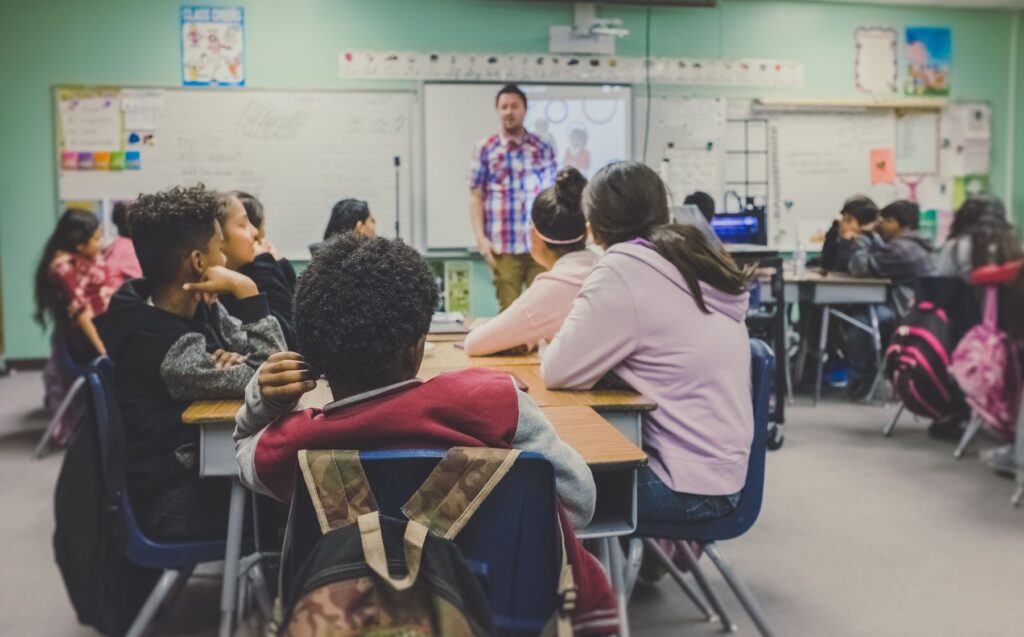Direct instruction and how it helps novice learners get the basics


Direct instructionA method of instruction in which concepts or skills are taug... More is important with novice learners, especially those with weak prior knowledge and low confidence.
What does it mean?
Research from Clark, Kirschner and Sweller suggests that direct forms of instruction are much more effective than approaches that rely on students finding things out for themselves and that novice learners cannot simply copy the behaviours of experts.
In the case of problem-solving, for example, novice learners are usually less successful because they do not have sufficient knowledge to draw on. Experts, on the other hand, have a reservoir of knowledge that informs their decisions – they are not better at problem-solving in an abstract sense, they just know more.
Rosenshine’s research is clear that more effective teachers are good at sequencing learning from an initial phase of direct instruction to modelling in small steps, guided practice and independent practice.
What are the implications for teachers?
Do as much teaching from the front – explaining, modelling, questioning and giving feedback – as you need to make it a highly interactive process.
Take care to plan instructional sequences so that ideas are explored very directly, deliberately and carefully. Avoid overload or under-guided learning as this can allow misconceptions or fixed mindsets to take root. Use lots of modelling and check for understanding before moving to a guided practice phase; scaffold the support taking account of students’ emerging confidence with the material.
Deep-end problems need care – students are unlikely to work out complex ideas for themselves unless they have secure prior knowledge at the right level with plenty of practice of all the steps along the way.
Top tips
This quote from Clark et al is useful:
Small group and independent problems and projects can be effective – not as vehicles for making discoveries, but as a means of practising recently learned content and skills.
Want to know more?
- Rosenshine, B. (2012). Principles of Instruction: Research-Based Strategies That All Teachers Should Know. American Educator Vol. 36, No. 1, Spring 2012. AFT
- Coe, R. et al. (2014). What makes great teaching. Sutton Trust
- Clark, R., Kirschner, P., Sweller, J. (2012). Putting Students on the Path to Learning: The Case for Fully Guided Instruction. American Educator Vol. 36, No. 1, Spring 2012. AFT









